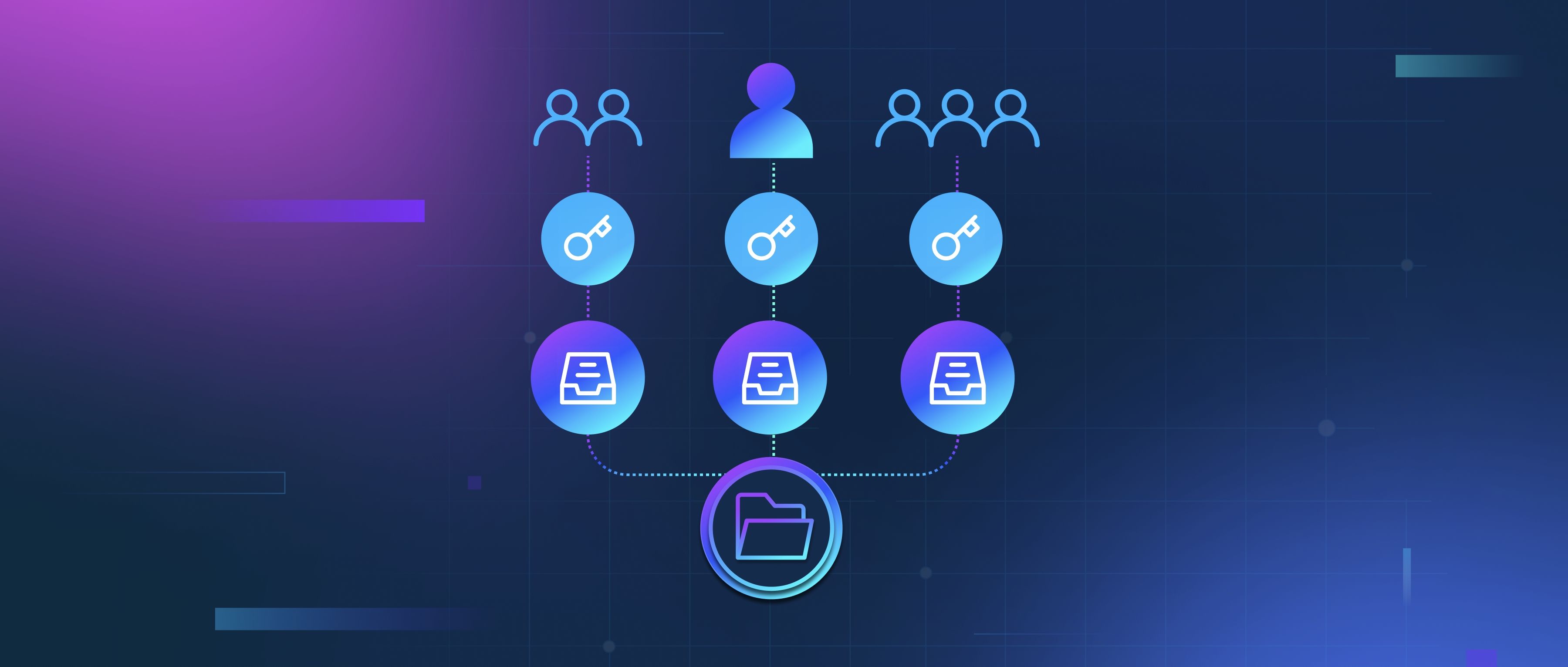To address the semantic shift problem in embeddings—where the meaning of words evolves over time or differs across contexts—developers can use a combination of retraining strategies, context-aware modeling, and continuous monitoring. Semantic shift occurs when embeddings trained on older data fail to capture new meanings (e.g., "virus" referring to both biology and cybersecurity) or domain-specific nuances. The goal is to maintain embeddings that stay relevant and accurate as language evolves.
One approach is to periodically retrain embedding models using updated datasets. For example, word2vec or GloVe models trained on 2010 text won’t reflect modern slang or technical terms like "NFT." Retraining from scratch on recent data ensures embeddings align with current usage, but this can be computationally expensive. A more efficient alternative is incremental training: update existing embeddings with new data while retaining prior knowledge. Tools like Gensim allow fine-tuning embeddings with additional corpora, which is useful for domains like healthcare where terminology evolves (e.g., "telehealth" gaining prominence post-2020). However, this requires careful balancing to avoid catastrophic forgetting—where the model overwrites older patterns. Techniques like elastic weight consolidation (EWC) can help preserve critical parameters during updates.
Another solution is to use context-aware embeddings like BERT or ELMo, which generate dynamic representations based on surrounding text. These models inherently handle polysemy (multiple meanings) better than static embeddings. For instance, BERT distinguishes "bank" in "river bank" vs. "investment bank" by analyzing context. Developers can further adapt these models to specific domains via fine-tuning. For example, BioBERT improves performance on biomedical texts by training on scientific papers. However, even contextual models may drift over time, so combining them with periodic updates is essential. Additionally, hybrid approaches—such as using static embeddings for general terms and contextual ones for ambiguous words—can reduce computational overhead while maintaining accuracy.
Finally, implement monitoring systems to detect semantic shifts. Track metrics like cosine similarity between embeddings of the same word across time or domains. For instance, monitor if "cloud" shifts from weather-related meanings to tech contexts in your data. Tools like Weights & Biases or custom scripts can automate alerts when embeddings diverge beyond a threshold. Pair this with human validation—e.g., having domain experts review sample predictions—to catch nuanced shifts. For critical applications (e.g., legal or medical AI), create curated test sets to evaluate embedding consistency regularly. By combining retraining, context-aware models, and proactive monitoring, developers can mitigate semantic drift and ensure embeddings remain reliable as language evolves.
